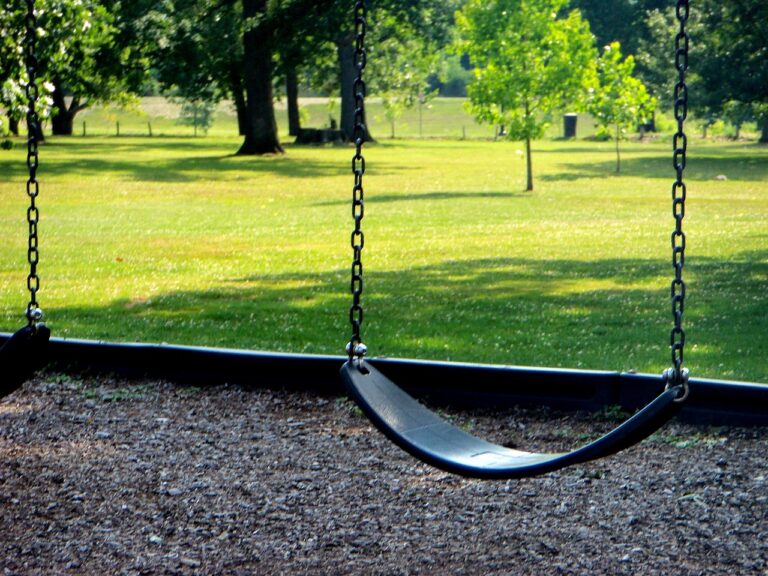Asian Cinema’s Influence on Western Films
Known for their iconic contributions to Asian cinema, directors like Akira Kurosawa and Hayao Miyazaki have left an indelible mark on the industry. With their unique storytelling abilities and visual styles, these filmmakers have captivated audiences worldwide, solidifying their status as key players in Asian cinema.
Actors such as Jackie Chan and Gong Li have also made significant impacts on the film industry with their exceptional performances. Their talent and versatility have garnered critical acclaim and admiration from fans, establishing them as influential figures in Asian cinema.
Early Western Adaptations of Asian Films
One notable example of an early Western adaptation of an Asian film is the 1960 American adaptation of the Japanese classic “The Seven Samurai.” Renamed “The Magnificent Seven,” this Western film directed by John Sturges transplants the original samurai story to the American Old West setting. Despite the change in location and cultural context, the film retains the essence of the original storyline about a group of skilled warriors coming together to protect a community.
Another significant early adaptation is the 1983 American remake of the Japanese film “Godzilla” directed by Ishirſ Honda. Titled “Godzilla, King of the Monsters!,” this Western version introduces new footage featuring a Western actor, Raymond Burr, to the original Japanese film. While the core plot revolving around the giant monster rampaging through cities remains intact, the addition of American characters and scenes catered to Western audiences, showcasing how early adaptations often aimed to localize Asian stories for Western viewers.
• One notable example of an early Western adaptation of an Asian film is the 1960 American adaptation of the Japanese classic “The Seven Samurai.”
• Renamed “The Magnificent Seven,” this Western film directed by John Sturges transplants the original samurai story to the American Old West setting.
• Despite the change in location and cultural context, the film retains the essence of the original storyline about a group of skilled warriors coming together to protect a community.
• Another significant early adaptation is the 1983 American remake of the Japanese film “Godzilla” directed by Ishirſ Honda.
• Titled “Godzilla, King of the Monsters!,” this Western version introduces new footage featuring a Western actor, Raymond Burr, to the original Japanese film.
• While the core plot revolving around the giant monster rampaging through cities remains intact,
• The addition of American characters and scenes catered to Western audiences, showcasing how early adaptations often aimed to localize Asian stories for Western viewers.
Incorporation of Asian Themes in Western Movies
Asian themes have seen a surge in popularity in Western cinema in recent years, as filmmakers seek to diversify their storytelling and appeal to a wider audience. While some adaptations have faced criticism for cultural appropriation and misrepresentation, others have successfully celebrated Asian culture and traditions while still resonating with Western viewers. Films like “Crazy Rich Asians” and “The Farewell” have been lauded for their authentic portrayal of Asian characters and themes, paving the way for more inclusive narratives in mainstream cinema.
The incorporation of Asian themes in Western movies reflects a growing global awareness and appreciation for different cultures. By depicting diverse perspectives and experiences on screen, filmmakers are not only bringing more depth and richness to their stories but also fostering greater understanding and empathy among audiences. As Hollywood continues to adapt and draw inspiration from Asian cinema, the future of cross-cultural storytelling looks promising, with more opportunities for collaboration and exchange of creative ideas.
What are some key players in Asian cinema who have influenced Western movies?
Some key players in Asian cinema include directors like Akira Kurosawa, Wong Kar-wai, and Ang Lee, whose works have inspired Western filmmakers.
Can you provide examples of early Western adaptations of Asian films?
One example is the 1960 film “The Magnificent Seven,” which was a Western adaptation of Akira Kurosawa’s “Seven Samurai.”
How have Asian themes been incorporated into Western movies?
Asian themes have been incorporated into Western movies through storytelling, character development, visual aesthetics, and cultural references. Films like “The Matrix” and “Kill Bill” are known for their incorporation of Asian influences.







